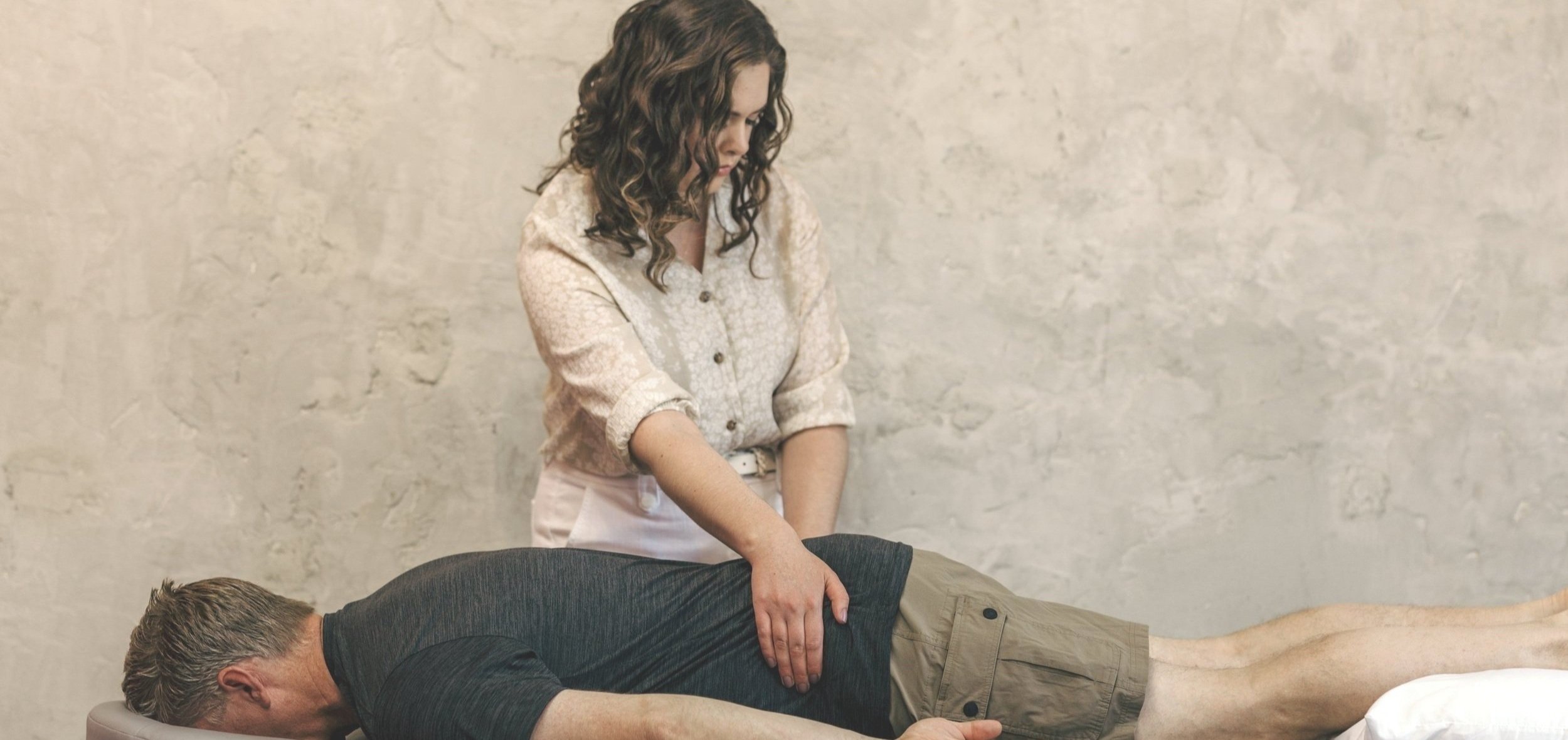
Who can benefit from Ortho-Bionomy?
Those with back pain, knee pain, neck pain, etc.
Those with headaches, migraines, digestive issues, tight fascia, etc.
All pain in the body is caused by imbalance. Using Ortho-Bionomy, we can track what is off balance and correct it, helping your body to relax and pain to subside.
Since Ortho-Bionomy works through the nervous system we can connect and work on any system in the body, improving its functions and capabilities.
Pregnancy.
Those recovering from surgery or an accident.
Your body goes through many changes throughout pregnancy. My goal is to help these changes be as seamless and pain-free as possible.
Your body goes through a lot when faced with dramatic changes. Ortho-Bionomy can help your body heal and adapt to the changes that are presented for a quicker recovery.
What to expect in a session
What to wear
Most clothes work well for Ortho-Bionomy. Go for something comfy. I recommend not wearing chunky sweaters or belts.
Consultation
We will spend a few minutes talking about your condition, what Ortho-Bionomy is and what to expect.
Explore the range of motion and tightness in the body
Relax and follow your body
Range of motion can tell us a lot about what is going on in the body and also help us see improvement as the range of motion improves.
Let go of the stress of life. Pay attention to how your body reacts. At times I may ask for your feedback/insight on tenderness and what motions your body prefers to give us a better idea of what is going on.
What people say
What is Ortho-Bionomy?
Where did it come from?
Ortho-Bionomy was developed by Arthur Lincoln Pauls, a British osteopath who in the 1970s stumbled over a study by Osteopath Dr. Lawrence Jones called “Spontaneous Release Upon Positioning”. This study found that the body, when put into optimal positions, would self-correct on it’s own. Dr. Pauls took this study and started implementing it into his daily practice, and it eventually became what is now Ortho-Bionomy.
How does it work?
Practitioners of Ortho-Bionomy use various techniques to stimulate the body's self-correcting system, resulting in long-lasting results. These techniques include gentle movement, precise positioning, and light pressure. The goal is to encourage the body to correct itself without harsh manipulation or force, which increases the chance of long-term release rather than “quick fixes.”










